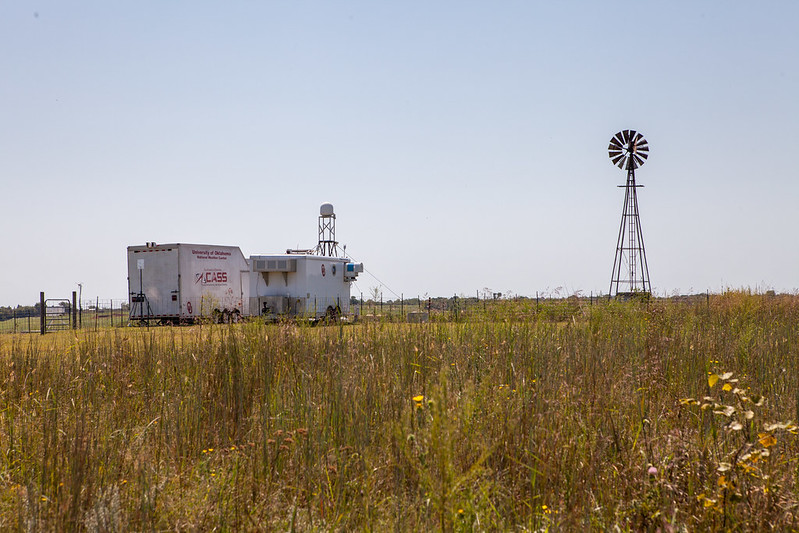BLISS-FUL IOP Requests

BLISS-FUL Summer 2021
closed opportunity
Intensive Observation Period Proposal
Note 20 April: Preliminary Site Map and instrument information are available here. The submission deadline has been extended to May 7 2021.
This is a request for science proposals for intensive observation periods (IOPs) during the BLISS Field Universalization Lab (BLISS-FUL) deployment at Kessler Farm. BLISS and BLISS-affiliated researchers (which includes students) are encouraged to submit proposals following the instructions below.
Program Priorities: This effort is intended to seed nascent, exploratory, or otherwise unfunded research activities conducted by BLISS researchers. It is also a unique opportunity for early-career and student researchers to learn how to develop, propose, and execute a field observation plan to meet science goals.
Eligible Applicants: A BLISS-affiliated Principal Investigator must lead the effort, although collaboration is acceptable and encouraged with other NWC, AGS, and university partners. Priority will be given to applicants who have been active and engaged with BLISS activities regularly.
Project Period: The available observation period spans approximately five weeks during (through June 2021), but may be adjusted as needed pending approval from governing offices. IOP proposals should clearly outline any specific periods within the month, within the diurnal cycle, or otherwise such that the proposal review team can arrange an acceptable IOP calendar to accommodate as many IOPs as possible. Note that the full period is expected to include several IOPs, so proposals requiring specific observation strategies for long periods of time (>3 days) are discouraged, but may be granted on a case-by-case basis. Contact the review team before submitting in this case. IOP proposals should also include a timeline for data analysis and project completion milestones. Based on the proposals received, the BLISS team will organize a small “workshop” to share BLISS-FUL IOP results.
Deadline: Friday, May 7 at 5:00 PM. Submit your proposal as a PDF file to this Google Form (includes upload point) with the file naming convention: LastnameF_IOP.pdf (i.e, SmithE_IOP.pdf).
Selection Procedures: All proposals will be evaluated by the BLISS-FUL Review Team, which includes Elizabeth Smith, Tyler Bell, and Petra Klein. Awardees will be notified via e-mail by May 15, 2021, if not earlier, and a complete IOP calendar will be released. Our goal is to accommodate as many IOPs as possible, so authors of similar or otherwise compatible IOP requests may be contacted and asked to combine their efforts.
Submission Requirements: The body text of the IOP proposal should be a maximum of two pages, 12 point font, (single or double spaced; this limit effectively includes only sections 3-5). Place sections 1-5 on a cover page separate from the body of the proposal. This page does not count toward the page maximum. References also will not count toward the page maximum. The proposal must include:
- Title
- Principal Investigator(s) and affiliation – there can be up to 2 PIs
- Co-Principal Investigator(s) and affiliation – there can be up to 2 Co-PIs
- IOP timing requirements: number; duration; preferred/required timing with respect to diurnal cycle, deployment period (June)
- Required platforms
- Project description narrative; example sections include:
- Background/Introduction
- Hypothesis/Research question or goal
- Method/Proposed work (his should include data collection and analysis)
- Timeline and milestones for project completion
- Justification for this IOP: This section should explain briefly why this IOP is relevant to the PIs/Co-PIs in particular. Some example justifications: collecting preliminary data for proposal development, collecting data to test a new tool for observation in the field, collecting new data to verify a research finding, etc. This section should be approximately one paragraph.
- References (please use AMS Style)
Some example templates have been provided (you do not have to use this exact style, it is just an example) to get you started.
Google Docs/download for Word – link (you will need to request permission if non-NOAA). LaTeX/Overleaf –link (this is a good time to learn!)